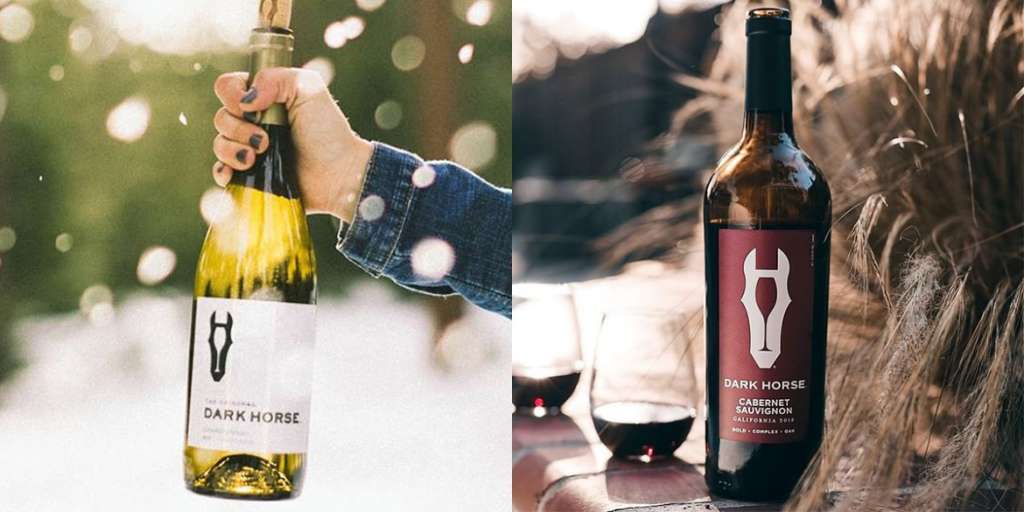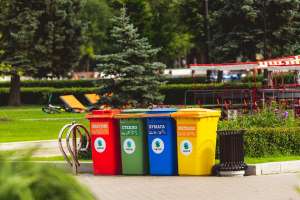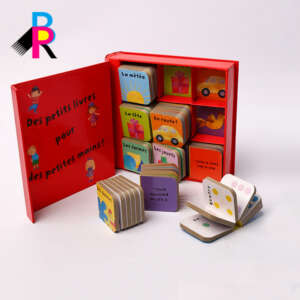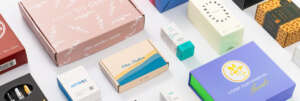
Packaging trends are a little like reincarnation — they keep getting reborn, again and again. Each time, though, evolving with more sophistication and promise. A lot of us are looking forward to 2022 with hopes that the Covid situation is finally over, shelves will refill, and brands will discover new and profitable ways to make friends with the earth. At the same time, to supplement our hopes for the coming year, we need to add a healthy degree of realism. In that spirit, let’s look at three much-touted trends.
1.Is Less More, Or Is Less Less?
The concept behind the move toward minimalist packaging is simple: in a retail environment, where everything on the shelf is screaming for your attention, it’s the laid-back package that sticks out. Minimalist design also has other inherent advantages; it looks classy, “with it” (think Apple’s “White Album”-style boxes), and proponents claim it’s more eco-friendly (since it can involve less labeling and other add-on materials). Such pluses are rumored to be the secret of its great appeal. But does it pull?
My research partner put minimalist packaging to the test with consumers. The findings do not exactly align with the enthusiasm of the design community. According to Steve Lamoreaux, founder and CEO of Designanalytics, a firm focused on package design performance data.
Here’s what he had to say…
“The potential impact of minimalism on communication is significant, as communication performance aligns with sales performance nearly 90% of the time.” This comes from an analysis of Designalytics’ redesign database. The picture isn’t entirely grim though—Lamoureux pointed to a few examples of brands, such as Dark Horse and Sam Adams, who have engaged in very strategic streamlining of their designs with considerable success.
“Minimalism,” he added,” that reduces noise and enables consumers to focus on what’s important can be effective, but deleting key copy or visual elements can be just as disastrous as adding elements that increase clutter without communicating anything meaningful. That’s why design data can be incredibly helpful at the start of a redesign initiative—it provides an objective view of which assets to protect, edit, or delete.”
My opinion? Apple had it right, but keep in mind it’s not just the plain white box; it’s the rich quality of the materials that say, “This is Apple” . . . and it fits everything about the brand promise. Another example of a brand getting it right with simplicity, is MF People — a line of personal care products. The minimalist design deletes extraneous noise, so the brand’s cross-gender appeal becomes self-evident.
The moral of the story? Minimalism is cool if you’ve got the product message and materials to make it work. Otherwise, it’s just designers talking to each other. Or, as one industry expert put it, “…minimalism can be useful in clarifying a product’s unique selling points, but poorly thought-out minimalism can simultaneously slip into bland branding – or “blanding.”
2.Bundling — A Joy When it Comes to e-Commerce
AMAZON offers a wonderful opportunity for brands to sell bundled products and actually increase sales for their brands. Everyone who buys on the platform knows this line, “Frequently bought together.” Their algorithm will assemble a bundle of products for you. A recent piece in Selling, notes that “Bundles must consist of items that are highly complementary. When a brand offers unique bundles, the results are a win-win for the brand and the consumer. Bundles are a great way to pair up several lower-priced items and actually turn a profit. Because the FBA fee is only deducted from one item, rather than each individual item.” So, you make higher margins.
The key for designers is to ensure that your clients’ products lend themselves to bundling. In other words, the products should look like they fit together. Knowing the e-commerce world is essential to success.
3.The Luxurious Brand Extension
Everyone talks about extending product lines, but this is especially important for legacy brands that had relevance to earlier generations. Let’s look at Famous Amos. They were saved from bankruptcy in 1996 when Kellogg bought them. But they’ve always been perceived as a single-serve pick-item in a C store. Recently, they took an interesting approach to refreshing their positioning by going premium. The mission was to reinvigorate brand identity, reconnect with consumers and attract new ones. New owner Ferrero, gave Famous Amos a reboot by launching three varieties, all with premium ingredients such as coconut, hazelnut and white chocolate. Look for other brands to use this same premium upgrade in the near future. My opinion? A note of caution; if your brand has too many extensions, they tend to blend together on the shelf and loose their differentiation. Make sure each extension is distinct enough to communicate a new experience to the consumer.
The Elephant in the Room
Supply chain challenges will continue to beleaguer us. This becomes more and more evident the closer we get to 2022. And some say for the CPG brands, the business model is partly to blame. A recent report in Vox claimed that the packaging industry’s ‘just-in-time’ model has contributed to its current woes. Factors cited include how brands typically have a “hair-trigger, on-demand” operating style. The result is that we are now on the precipice of significant shortages. As they put it in Vox, “These issues have now reached a critical mass. So even though American consumers have started to order much more stuff, there’s no flexibility in the supply chain to accommodate that demand.”
Source:packagingstrategies



